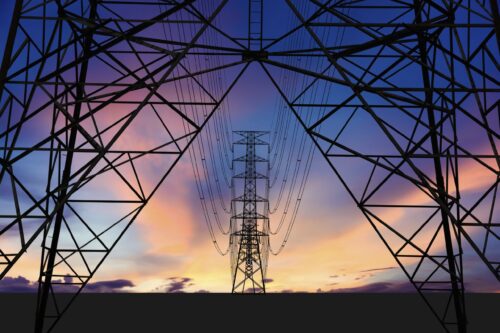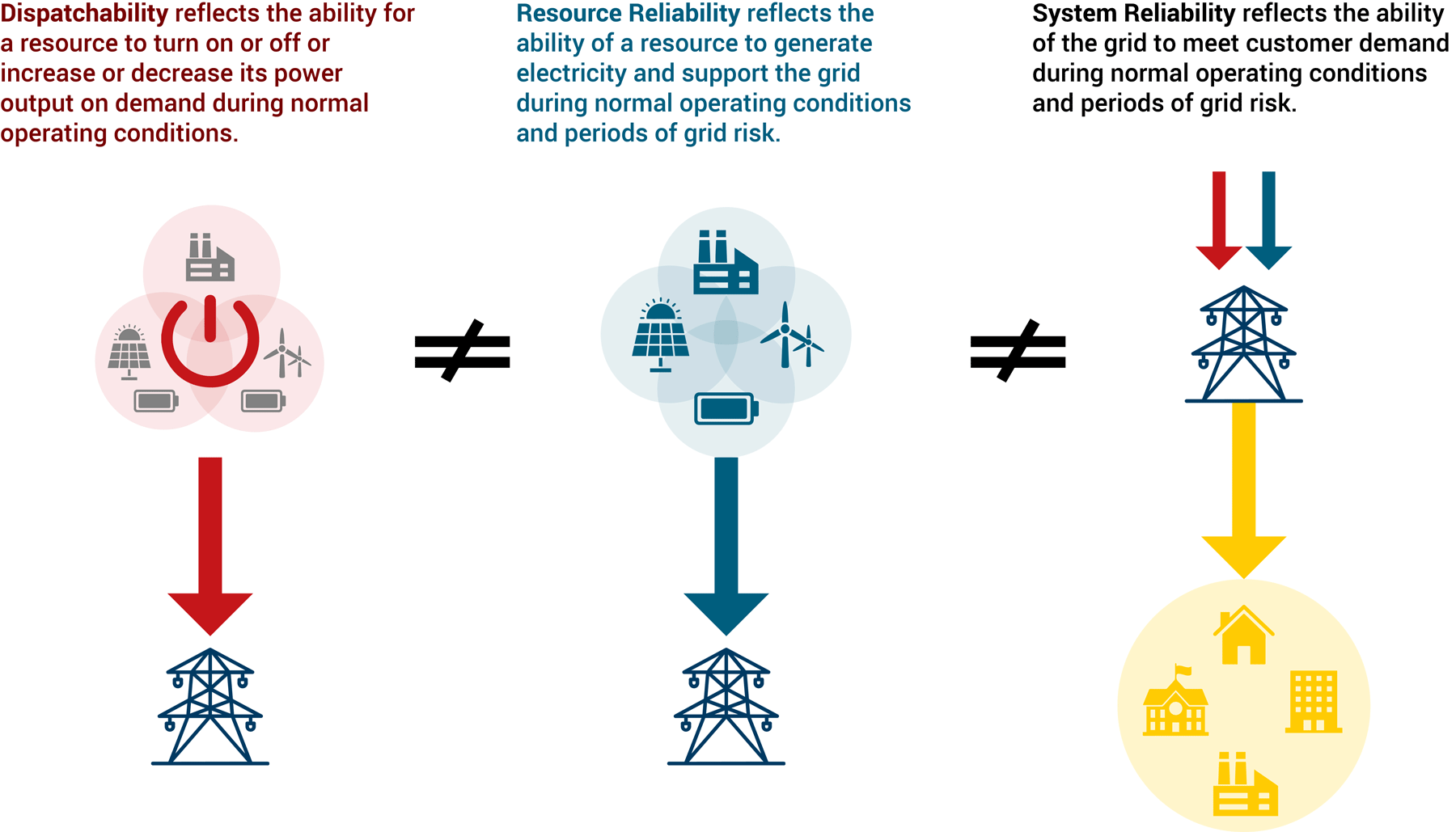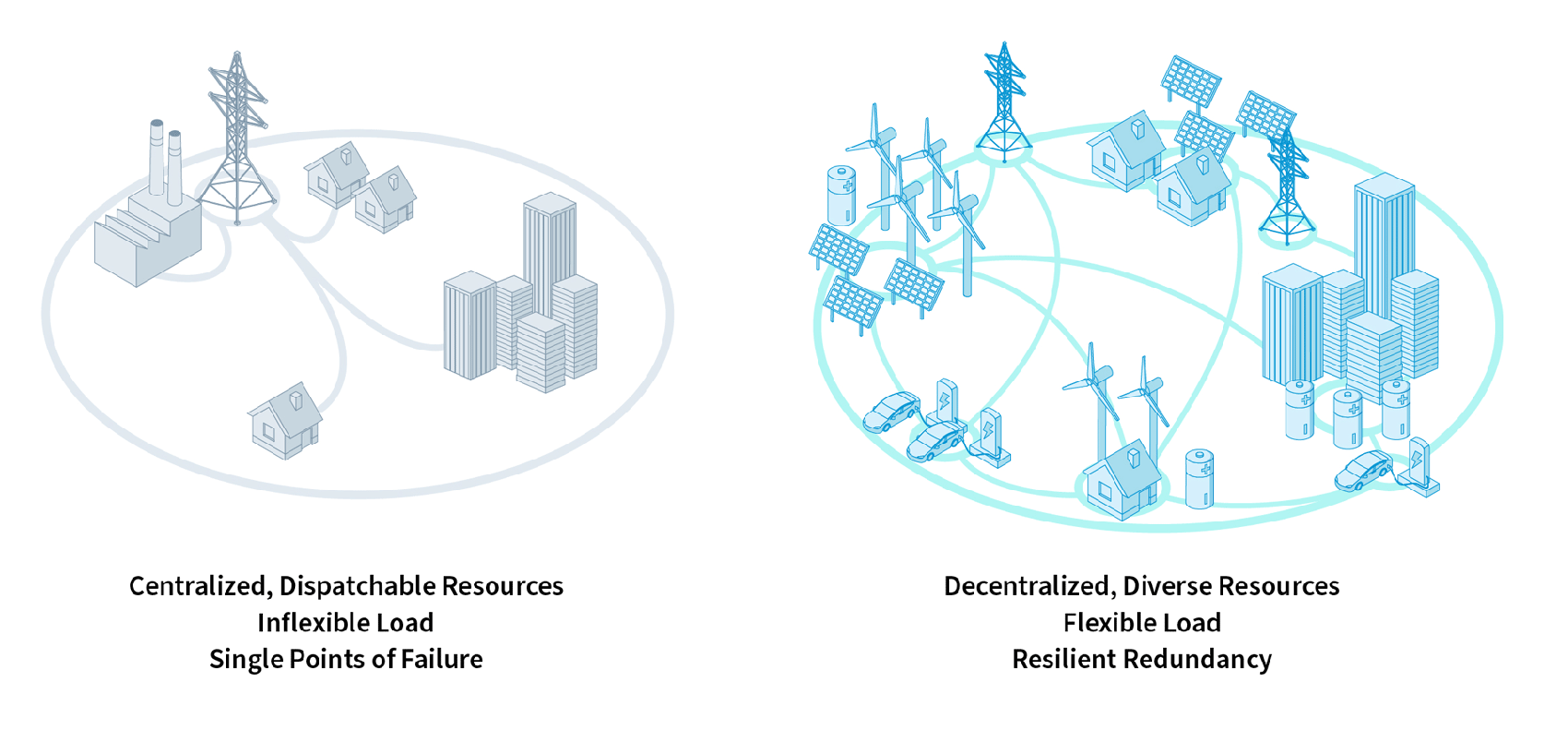
Reality Check: Dispatchability and Reliability Are Not the Same Thing
What Is Dispatchability, and How Is It Used Today?
Summer peak demand for electricity in the United States is expected to rise by 122 GW over the next 10 years, representing a nearly 16 percent increase from current levels. Even though load growth is a feature, not a bug, of the energy transition, utilities must pursue thoughtful and proactive planning to ensure that they can meet growing energy demand not just reliably, but affordably. It is in this context that a growing number of planners, politicians, and pundits are centering on dispatchability as the key to keeping the lights on. In doing so, however, they risk missing the forest for the trees, losing sight of cleaner and more-cost effective options that can support what really matters — system reliability.
Dispatchability reflects the ability of a resource to turn on or off, or increase or decrease its power output, on demand during normal operating conditions. The concept of dispatchability has featured prominently in discussions about power generation, including power plant retirements and new resource additions in anticipation of growing demand. Even though non-emitting resources such as renewables paired with battery storage can be dispatchable, calls for more dispatchable resources are often coded language for new natural gas plants, or for keeping uneconomic coal plants on line.
At times, both federal and state decision makers have zeroed in on dispatchability as the most important attribute for adding new electricity-generating resources to the grid and ensuring the grid can reliably serve electricity customers. For example, a Federal Energy Regulatory Commission (FERC) commissioner recently expressed his concern that dispatchable resources are being retired too quickly. Similar concerns have prompted proposed legislation, called the US Grid Power Act, that would allow fast-track reviews of dispatchable resources in the interconnection queue.
At the state level, a new law in Kentucky keeps dispatchable resources on line, regardless of economic performance. Similarly, a loan program in Texas designed to enhance grid reliability was structured such that only dispatchable resources would qualify.
Such language and legislation might lead one to conclude that dispatchability is essential for the continued reliable operation of the electric power sector. The reality is that dispatchability, on its own, is an insufficient and potentially misleading criterion for evaluating new resource additions. In fact, so-called “dispatchable” resources can and have failed to dispatch, leading to major outages. A disproportionate focus on the dispatchability of specific generation resources risks steering discussions away from what really matters — achieving and maintaining a reliable and affordable power system.
Why Reliability Requires More Than Just Dispatchability
We cannot solve for a 21st-century grid with 20th-century solutions. Relying on dispatchability alone is like relying on print newspaper ads for marketing, when we have a suite of digital marketing channels, in addition to newspapers, at our fingertips.
While dispatchability refers to operators’ ability to control a resource’s output, the reliability of a resource reflects its ability to generate electricity and support the grid during normal operating conditions and periods of grid risk, such as during an extreme storm or a period of peak demand. During such high-risk periods, dispatchable resources may not be available, due to issues like mechanical failures or insufficient fuel supply.
Ultimately, what matters most for customers isn’t dispatchability, or even resource-level reliability, but rather system reliability — the grid’s ability to meet consumer demand during normal operating conditions and periods of grid risk. Critically, system reliability can be supported by both “dispatchable” and “intermittent” resources, along with the underlying transmission network.

How Can We Ensure Grid Reliability?
Focusing on how supply-side, demand-side, and transmission resources work together can ensure bulk power system reliability through three major components:
- Resource adequacy: the ability of the grid to meet demand with enough electricity supply, especially during peak periods and other times of grid stress;
- Operational reliability: the ability of the grid to balance supply and demand in real time and respond to contingencies; and
- Resilience: the ability to anticipate, absorb, and recover from an unexpected event, like an extreme storm.
A reliable grid is defined less by the characteristics of any individual resource, and more by how resources on the grid can work together at the portfolio level to keep the lights on across all three dimensions of system reliability. This can be achieved through (1) diverse supply-side resources, (2) integration of demand-side resources, and (3) advanced, interconnected grids. Figure 2. The grid of the future (right) is more complex than the grid of the past (left) but can offer greater reliability through diverse, balanced, and well-connected resources.

1. Diverse supply-side resources lower the risk of failure driven by individual resources or types of resources.
Resources that are sited in different locations throughout the grid lessen the negative consequences of localized extreme weather events, while a diverse set of resources can help ensure reliable power across a range of grid conditions. Resource diversification means that not all resources need to be dispatchable to ensure a reliable power supply at the system level, and it helps minimize the risks associated with the unavailability of any single type of resource.
2. Integration of demand-side resources can cost-effectively and quickly support reliability.
Distributed energy resources (DERs), virtual power plants (VPPs), energy efficiency, and demand flexibility can support resource adequacy, operational reliability, and resiliency. VPPs — aggregations of individual resources such as smart thermostats or home battery systems that can be orchestrated remotely to provide grid benefits — can be dispatched to provide comparable performance to a supply-side resource. For example, VPPs allow grid operators to reduce demand during peak power days to ensure the lights stay on, and some can be called upon daily to help grid operators precisely manage the grid’s frequency. Notably, demand-side resources can be deployed more quickly than their supply-side counterparts: some VPPs have been developed and deployed in under a year.
3. Advanced, interconnected grids support reliability at the system level.
Expanding interregional transmission, advanced reconductoring of transmission lines, and grid-enhancing technologies can support reliability by enabling load and resource diversification. These strategies strengthen reliability at the system level by helping ensure that the grid is bigger than the weather, reducing single points of failure, and allowing additional resources to be interconnected — a clear example of how solutions beyond dispatchability can help ensure a reliable grid.
What Should We Prioritize Instead of Dispatchability?
It is important to consider a broader range of resource attributes, or “grid services” — beyond just dispatchability — to cost-effectively plan for a reliable grid.
Each grid resource can provide unique “grid services” to support reliable grid operations, including capacity (i.e., power during peak load or other periods of grid risk), flexibility (such as the ability to quickly ramp up or down), or the ability to help keep the grid operating within a safe tolerance (such as frequency regulation). There are several types of grid services that are not widely valued in our current systems but are needed for system reliability. In addition, a mix of resources that provide different grid services reduce the risks of a grid system succumbing due to the limitations of any individual resource.
Rather than judging resources on dispatchability alone, evaluating the set of grid services that resources can provide is a more systematic way of thinking about how different resources can support reliability. Grid planners should identify which grid services are needed to support and maintain system reliability, and then use all-source procurement or market products that allow any resource that can provide those services to be considered.
Figure 3: There are many types of grid services that resources can support. For battery storage, most services are not widely valued in our current systems.
How Do We Implement These Solutions?
Policymakers and regulators should be skeptical of arguments that frame dispatchable generation as a panacea for future reliability concerns. Instead, they can prioritize several actions to cost-effectively ensure system reliability, as outlined below.
Establish legislative and/or regulatory processes like all-source procurement that center grid services and level the playing field for all types of resources to compete. In states without competitive, all-source procurement, lawmakers can develop legislation to require such processes. In states where all-source procurement processes are already in place, regulators can ensure that they account for a robust range of grid services and identify priority needs that complement those supporting the existing grid. In both cases, it is essential that laws and regulations allow all resources — including demand-side resources such as VPPs — to compete fairly to provide grid services to meet evolving system needs. For example, RMI has laid out key policy principles to ensure that VPPs and DERs can effectively scale and that their benefits can be fully realized. Multiple states have already taken actions to establish new programs and policies for VPP advancement.
Ensure reliability benefits and risks are captured in planning processes. In addition to centering reliability benefits across grid services, regulators and policymakers must ensure reliability risks are accurately assessed. Regulators can ensure that utilities leverage modern grid modeling methods and critically assess whether utility plans account for weather dependence, including weather-dependent outages across generation facilities.
Provide incentives for power system investments that provide a range of needed grid services. Lawmakers can incentivize near- and long-term investments in generation and grid infrastructure that support system reliability. Dispatchability should not be the only factor considered when designing incentives to support reliability, which is the case for entities that seek to apply for the Texas Energy Fund. Moreover, incentives need not be limited to supply- or demand-side resources — for example, Montana’s Grid Resilience and Reliability Grants, funded by the federal Bipartisan Infrastructure Law 40101d, can be used for advanced reconductoring of transmission lines to improve current and future grid resilience.
Conduct long-term, statewide power system planning to identify system-wide needs, priorities, and bottlenecks. State energy offices or others can conduct forward-looking planning at the state and regional level to help decision makers understand system strengths and weaknesses, changing load dynamics, future reliability risks, and relevant policy priorities. Unlike the utility-specific plans developed in integrated resource planning, these plans can help decision makers assess planning priorities at the state and regional level. Examples include identifying high-priority geographies for different investments and significant barriers to a reliable grid that can then be addressed with state-level policies, incentives, or other programs. For example, Colorado has conducted a wide range of plans and studies to align on pathways to energy affordability and transmission expansion needs, among other things, which have informed state-level policy and programs.
Ensure that utilities are taking full advantage of federal financial incentives. For example, under the 2022 Inflation Reduction Act, any zero-emissions electricity generation and energy storage can now qualify for investment and production tax credits (48E and 45Y). Regulators can also encourage utilities to apply for other federal funding opportunities, such as the Department of Energy’s Long-Duration Energy Storage Pilot Program and Energy Infrastructure Reinvestment Program, which can support timely resource additions and diversification.
What Ratepayers Really Need Is System Reliability
Ratepayers expect and deserve reliable and affordable electrical service. The investment and retirement decisions made today will have implications for both reliability and affordability for years to come. That’s why it’s essential that regulators and policymakers ensure that grid services — and the broad range of technologies that can provide them — are at the center of planning to ensure system reliability.
By advancing a diverse set of supply-side resources, robust demand-side options, and advanced, interconnected grids, regulators and policymakers can take an important step toward supporting reliability and building a modern grid that’s best for customers.